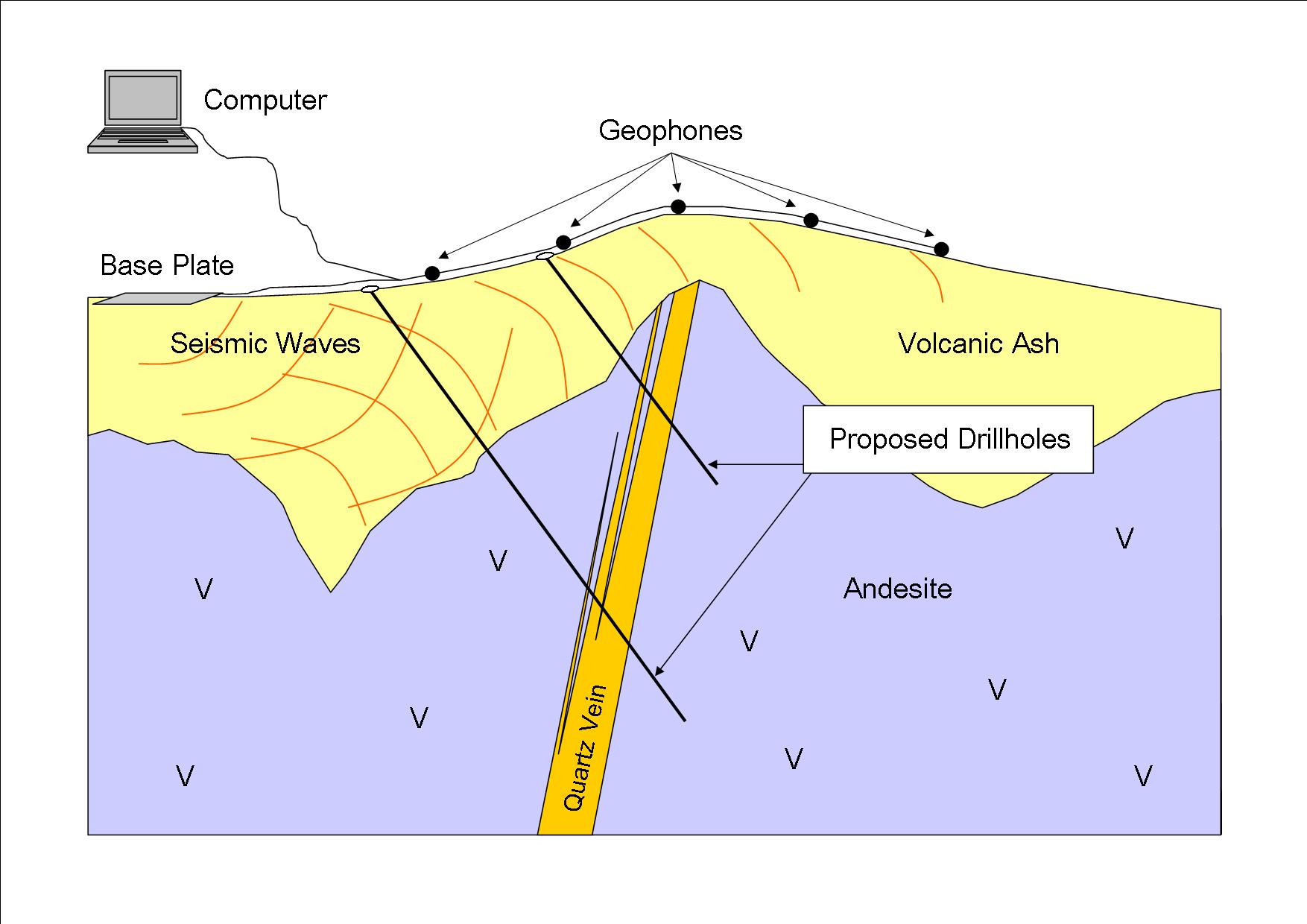All Categories
Featured
Table of Contents
What Is The Difference Between Geophysical Method And ... in Brookdale WA 2021
Much of the image includes blank locations now with little or no radar response. The "courtyard" wall is still revealing highly, nevertheless, and there are continuing ideas of a tough surface area in the SE corner. Time slice from 23 to 25ns. This last slice is now almost all blank, but a few of the walls are still showing strongly.
How deep are these slices? The software I have access to makes approximating the depth a little tricky. If, however, the leading 3 pieces represent the ploughsoil, which is most likely about 30cm think, I would think that each piece has to do with 10cm and we are just getting down about 80cm in total.

Luckily for us, the majority of the websites we have an interest in lie simply below the plough zone, so it'll do! How does this compare to the other techniques? Comparison of the Earth Resistance information (top left), the magnetometry (bottom left), the 1517ns time slice (leading right) and the 1921ns time piece (bottom left).
Geophysical Surveys in Stirling Australia 2020
Magnetometry, as talked about above, is a passive technique determining local variations in magnetism against a localised zero worth. Magnetic susceptibility survey is an active technique: it is a measure of how magnetic a sample of sediment might be in the existence of an electromagnetic field. Just how much soil is tested depends upon the size of the test coil: it can be really small or it can be fairly big.
The sensor in this case is really little and samples a small sample of soil. The Bartington magnetic vulnerability meter with a large "field coil" in use at Verulamium throughout the course in 2013. Top soil will be magnetically enhanced compared to subsoils just due to natural oxidation and decrease.
By measuring magnetic susceptibility at a fairly coarse scale, we can spot areas of human occupation and middens. We do not have access to a trusted mag sus meter, however Jarrod Burks (who helped teach at the course in 2013) has some excellent examples. One of which is the Wildcat website in Ohio.
Geophysical Surveys For Planning & More in Innaloo Aus 2021
These villages are often laid out around a central open area or plaza, such as this rebuilt example at Sunwatch, Dayton, Ohio. The magnetic susceptibility survey helped, nevertheless, specify the primary area of occupation and midden which surrounded the more open area.
Jarrod Burks' magnetic susceptibility study arises from the Wildcat site, Ohio. Red is high, blue is low. The technique is therefore of excellent use in defining areas of basic occupation rather than identifying particular features.
Geophysical surveying is a used branch of geophysics, which uses seismic, gravitational, magnetic, electrical and electromagnetic physical methodologies at the Earth's surface area to measure the physical homes of the subsurface - Geophysical Surveys in Bicton Australia 2022. Geophysical surveying techniques typically determine these geophysical properties in addition to anomalies in order to evaluate different subsurface conditions such as the presence of groundwater, bedrock, minerals, oil and gas, geothermal resources, voids and cavities, and far more.
Latest Posts
Geophysical Surveys Definition & Meaning In Stock ... in Murdoch Oz 2023
About Environmental Geophysics in Middle Swan Aus 2022
Geophysicist Job Description in Australia 2021